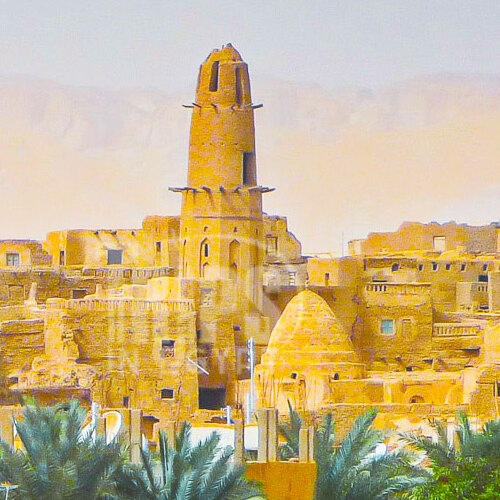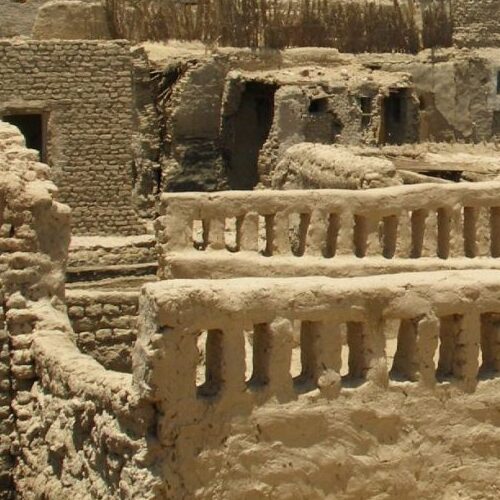Past Narratives
History Of Dakhla Oasis
The history of Dakhla Oasis, known as Zeszes in ancient times and later as El-Wah, is a tapestry of human settlement and civilization dating back to prehistoric times. This oasis, situated in Egypt’s Western Desert, has a rich and varied history that reveals much about the ancient and more recent past of the region.
Prehistoric Settlements:
- Early Inhabitants: Evidence suggests that Dakhla was inhabited as early as 150,000 years ago. The discovery of fossils, tools, skeletons, and early hut foundations indicates a Neolithic presence, one of the earliest in Africa.
- Neolithic Lifestyle: The early inhabitants were pastoral, living near a large lake that once filled the areas of Kharga and Dakhla. Rock inscriptions depict a diverse wildlife including zebras, giraffes, elephants, among others.
Ancient Egyptian Period:
- Old and Middle Kingdom Significance: Dakhla was an important settlement during these periods. Notable sites include a large settlement at Qila el-Daba, featuring administrative buildings, a palace, and a cemetery.
- Population Shifts: As the region became more arid, populations moved towards the more fertile Nile valley.
Archaeological Expeditions:
- Ongoing Research: Teams of archaeologists, like the one led by Prof. Tony Mills, continue to uncover Dakhla’s history, aiming to establish a clearer picture of life in the desert during prehistoric times.
Later Historical Developments:
- New Kingdom Changes: The capital of Dakhla moved to Mut, which remains the main city today. While much of its ancient glory has faded, intricate labyrinths and wooden doors from this era still exist.
- Qasr Dakhla: An Islamic village established in medieval times, it is one of the oldest continuously inhabited villages in the oasis.
Economic and Agricultural Importance:
- Taxation and Productivity: In ancient times, Dakhla was known for its fertility, producing grains, wine, minerals, and fruit, leading to taxation by the Pharaohs.
Greek and Roman Periods:
- Roman Occupation: While Greek presence is less evident, Roman occupation left significant marks, such as the Temple of Amun at Deir el-Hagar. Several Roman sites are being unearthed, shedding light on the transition to Christian occupation.
Christian and Arab Influence:
- Byzantine and Christian Sites: Towns like Ismant el-Kharab and Kellis were significant Christian centers, as evidenced by early churches.
- Arab Invasion: Prior to reaching the oases, Arabs invaded the area. Qasr Dakhla houses structures from the 12th century, signifying the Ayyubid period.
Modern Exploration and Preservation:
- Current Efforts: Restoration and excavation efforts continue to reveal Dakhla’s rich history, providing insights into various historical periods, from Roman times through the Byzantine and Islamic eras.
Dakhla Oasis, with its deep historical roots and ongoing archaeological discoveries, remains a significant site for understanding the human past in Egypt’s Western Desert.
Created On March 25, 2020
Updated On January 26, 2024
Dakhla Oasis Travel Guide



